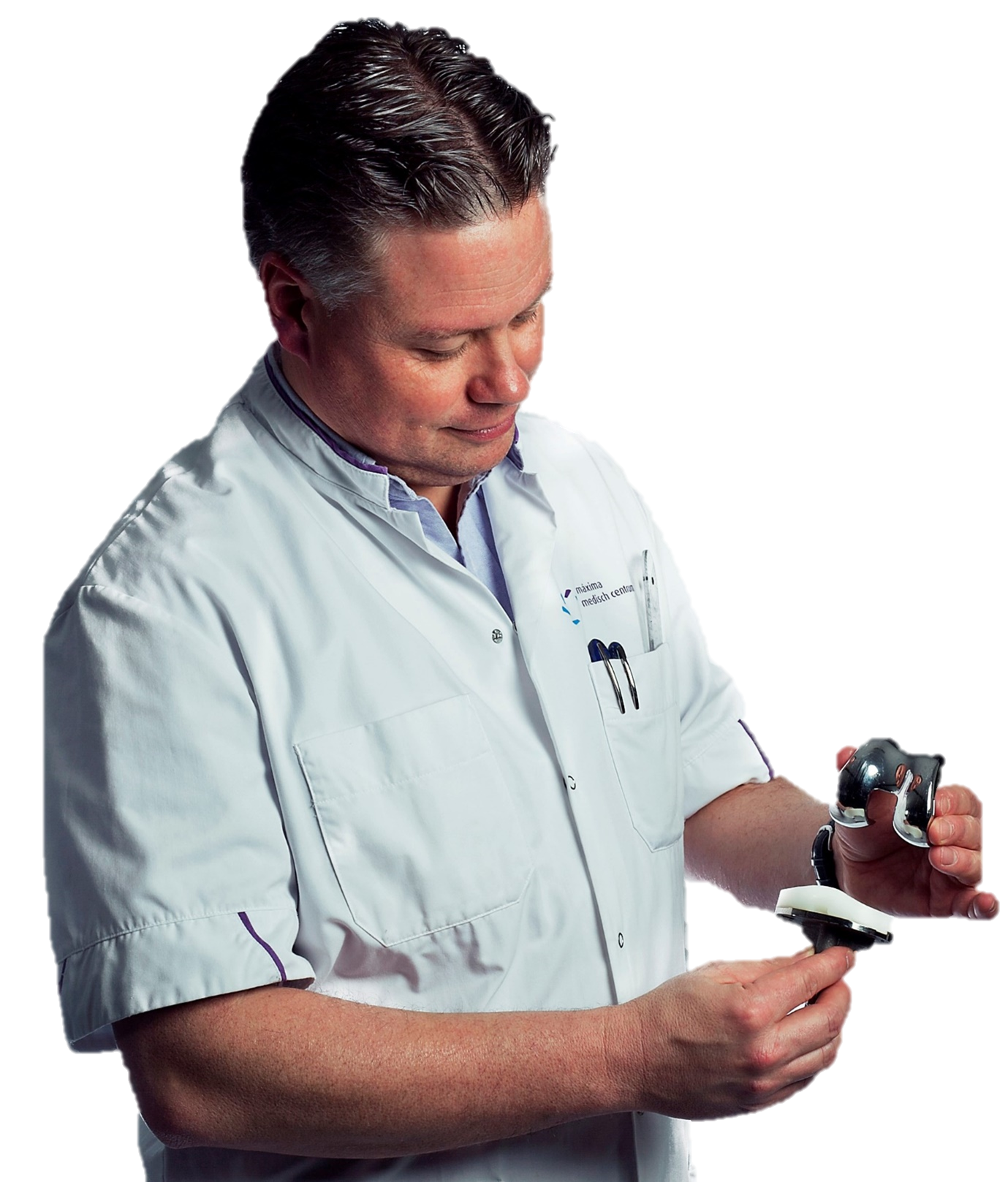STARR Study Group, Meuffels, D. E., &...
Anterior cruciate ligament reconstruction with hamstring tendons and accelerated rehabilitation: a 10-year prospective study on clinical results, knee osteoarthritis and its predictors

Purpose: Analysis of long-term clinical and radiological outcome after anterior cruciate ligament (ACL) reconstruction with special attention to knee osteoarthritis and its predictors.
Methods: A prospective, consecutive case series of 100 patients. Arthroscopic transtibial ACL reconstruction was performed using 4 strand hamstring tendon autografts with a standardised accelerated rehabilitation protocol. Analysis was performed preoperatively and 10 years postoperatively. Clinical examination included Lysholm and Tegner scores, IKDC, KT-1000 testing (MEDmetric Co., San Diego, CA) and leg circumference measurements. Radiological evaluation included AP weight bearing, lateral knee, Rosenberg and sky view X-rays. Radiological classifications were according to Ahlbäck and Kellgren & Lawrence. Statistical analysis included univariate and multivariate logistic regressions.
Results:
Clinical outcome: A significant improvement (p<0.001) between preoperative and postoperative measurements could be demonstrated for the Lysholm and Tegner scores, IKDC patient subjective assessment, KT-1000 measurements, pivot shift test, IKDC score and one leg hop test. A pivot shift phenomenon (glide) was still present in 43 (50%) patients and correlated with lower levels of activity (p<0.022).
Radiological outcome:At follow-up, 46 (53.5%) patients had signs of osteoarthritis (OA). In this group, 33 patients (72%) had chondral lesions (≥ grade 2) at time of ACL reconstruction. A history of medial meniscectomy before or at time of ACL reconstruction increased the risk of knee OA 4 times (95% CI 1.41-11.5). An ICRS grade 3 at time of ACL reconstruction increased the risk of knee OA by 5.2 times (95% CI 1.09-24.8). There was no correlation between OA and activity level (Tegner score ≥6) nor between OA and a positive pivot shift test.
Conclusion: Transtibial ACL reconstruction with 4 strand hamstring autograft and accelerated rehabilitation restored anteroposterior knee stability. Clinical parameters and patient satisfaction improved significantly. At ten year follow-up, radiological signs of OA were present in 53.5% of the subjects. Risk factors for OA were meniscectomy prior to, or at time of ACL reconstruction and chondral lesions at time of ACL reconstruction.
Level of evidence: 2
Keywords: anterior cruciate ligament reconstruction – hamstring autograft – knee osteoarthritis – accelerated rehabilitation – long term – radiological
This study has been presented at ESSKA 2012 Congress (Geneva, Switzerland), NOV Annual Congress 2013 (Amsterdam, The Netherlands), ISAKOS 2013 Congress (Toronto, Canada) and AGA Congress 2013 (Wiesbaden, Germany).





